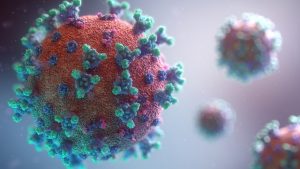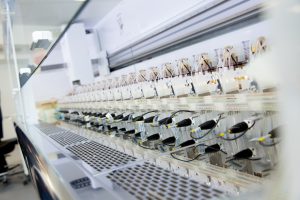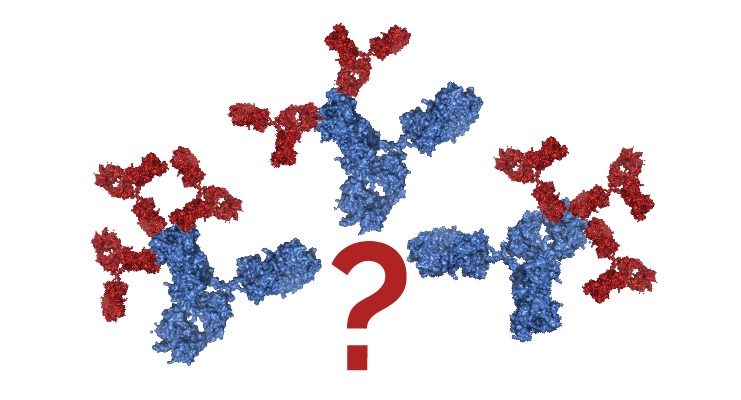Broadcast Date: June 30, 2020
Time: 8:00 am PT, 11:00 am ET, 17:00 CET
The extraordinary scope and scale of the COVID-19 pandemic has elicited extraordinary responses world-wide. Organizations located across the globe have mobilized teams to research the SARS-CoV-2 virus and COVID-19, conduct clinical studies of repurposed biologics, and research and develop anti-SARS-CoV-2 biologics. Disruptions at companies and regulatory agencies, however, have raised concerns about the effects of the pandemic on possible approvals of non-COVID-19 antibody therapeutics.
In this webinar, Dr. Janice Reichert (The Antibody Society) will provide an update on non-COVID-19 antibody therapeutics approved so far in 2020, and those that might be approved by the end of the year. She will also discuss the ~ 140 biologics currently in development for COVID-19, which includes over 55 repurposed biologics and over 85 anti-SARS-CoV-2 biologics.
Additionally, Dr. Thomas Schirrmann (YUMAB) will present a case study of an academic and industrial consortium for the fast-track development of a SARS-CoV-2 antibody therapy. He will highlight the challenges of discovering and developing an antibody drug during the present pandemic.
A live Q&A session will follow the presentations, offering you a chance to pose questions to our expert speakers.
Speakers: Dr. Thomas Schirrmann and Dr. Janice Reichert
Date: June 30th, 11am EST, 5pm CEST.





